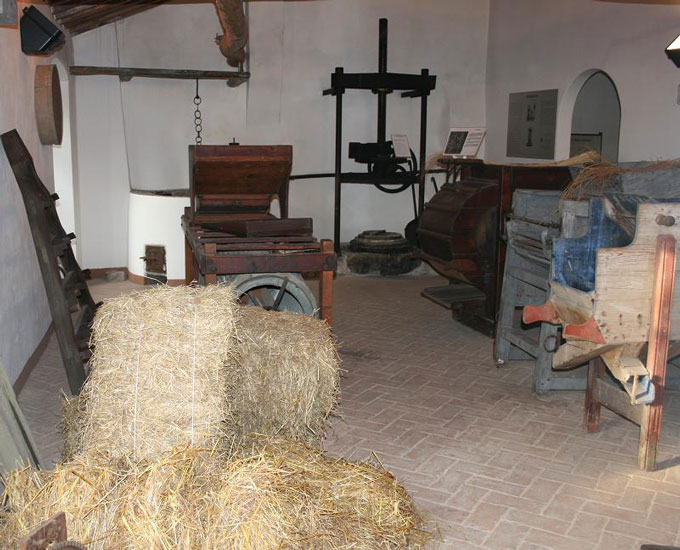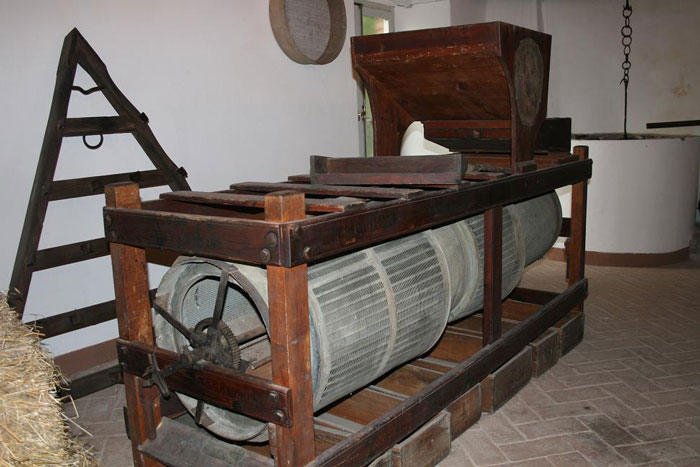
Ethnographic Museum of Ortonovo (former olive oil mill)
This post is also available in:
 Italiano (Italian)
Italiano (Italian)
Ortonovo, in the province of La Spezia, sits between the Tyrrhenian coast and the first spurs of the Apuan Alps.
It draws its origins from the ancient city of Luni, founded by the Romans in 177 BC as an outpost against the Apuan Ligurian tribes.
The mill building, currently an ethnographic museum, was built in the middle of the last century on top of a pre-existing 16th-century structure, the “Colombera” mill. The former mill contains the legacy of the peasant civilization, but also offers two themed exhibitions about the territory and its history, namely about water and mills, and historic villages and archaeological areas.
Olive oil pressing mostly used to happen along the Parmignola Valley, where flour and wine were also produced.
Wheat, maize, vines and olive trees are, in fact, still the typical crops of this hilly area, so close to the mouth of the Magra River.
The second themes exhibition starts from the town of Luni and runs along the ancient peasant routes around Parmignola. There were a lot of drinking troughs, wash houses, charcoal kilns and rural churches there, all the way to the ancient hilltop village of Nicola and the hamlets of Annunziata and Saint Martin.
This post is also available in:
 Italiano (Italian)
Italiano (Italian)
Contatti
Via Cannetolo - Ortonovo(SP)
0187 690111
info@metortonovo.it
Altre info
Libero
Su prenotazione telefonica Comune di Ortonovo dal lunedì al sabato dalle ore 9.00 alle 14.00



